Dental Professionals:
Phone: 630-333-4651
E-Cigarettes & Dental Patient's Oral Health
How Vaping and e-Cigarettes Effect Oral Health
Early Research and Evidence
Although the results of early research appeared to suggest that e-cigarettes deliver fewer tobacco-related toxicants than cigarettes, evidence generated over the past decade points to several areas of concern. Since the initial case report in 2014, a spate of e-cigarette– or vaping product – associated lung injury (EVALI) has resulted in a wave of media coverage in 2019, a case series report in The New England Journal of Medicine, and an updated interim guidance issued by the Centers for Disease Control and Prevention (CDC).
In addition to these EVALI cases, various other adverse events associated with vaping have been reported to the FDA in the last few years, including seizures and other neurologic events, gastric distress, mental health issues, chest pain, and various respiratory complaints.
Despite this, aggressive and targeted marketing strategies inspired by conventional cigarette advertising, along with claims of harm reduction and safety, have contributed significantly to e-cigarettes’ increasing popularity. Evidence suggests that 2.8% of adults use e-cigarettes and that 10.5% of middle school students and 27.5% of high school students report e-cigarette use in the last month.
Adolescents and young adults can be particularly vulnerable to the effects of an e-cigarette’s ingredients, as well as its associated behaviors. Nicotine causes irreversible changes in the developing brain, predisposing users to addictive behaviors. In addition, e-cigarettes normalize cigarette like behaviors such as inhaling and exhaling smoke. As a result of nicotine’s addictive nature, as well as the behavioral patterns established by e-cigarette use, adolescent e-cigarette users are 4 times more likely to convert to smoking conventional cigarettes. Despite extensive reporting on the potential health concerns of vaping across all ages, to date, evidence on the effects of vaping on the oral cavity, such as periodontal disease, caries development, or oral cancer, is limited.
Electronic Cigarettes and Oral Health
Like conventional cigarettes, the first point of contact, and therefore the first system to be affected by these devices, is the oral cavity. Unfortunately, direct evidence on the incidence of oral diseases in e-cigarette users is scarce. This is hardly surprising because the effects of most human behaviors (for example, smoking and diet) on the pathogenesis of disease can be assessed only after long periods of exposure. Moreover, chronic diseases such as periodontitis, caries, and cancer take several years to manifest as clinical signs and symptoms.
The main components of many ENDS liquids—nicotine, binder (delivery) agents (for example, propylene glycol and glycerol), and flavoring agents—all potentially contribute to unique and adverse oral health outcomes.
Nicotine and its effect on the oral cavity is a significant source of concern, as 45% of the nicotine released from ENDS is deposited in the oral cavity regardless of how deeply or frequently one inhales. Furthermore, nicotine concentrations in saliva are 10.5 times higher than those in plasma.
In addition, it has been reported that although nicotine exposure from e-cigarettes varies among brands and device models, nicotine concentrations within the range typically delivered from e-cigarettes have been shown to affect the rate of cariogenic and periodontopathic biofilm formation.
Dentistry's Role
The American Dental Association (ADA) has long opposed the use of any tobacco, including nicotine-containing e-cigarettes, and encourages people using any type of tobacco product to use FDA-approved cessation methods to quit this habit. This is consistent with the CDC stipulation that all tobacco products, including e-cigarettes, carry risk.
Smoking cessation interventions (including counseling) offered during dental visits have been demonstrated to be successful in helping patients quit tobacco. Concerns about vaping suggest a similar role for dental professionals, although there appears to be a gap in the dental professional’s engagement in conversations about non-cigarette product use.
Dental practitioners can expect to treat people using e-cigarettes and to have forward-facing roles in educating patients about the health consequences of this behavior. Inquiry about whether patients vape and their reasons for doing so could allow for initiation and reinforcement of cessation efforts. For those choosing to vape without a history of tobacco use, sharing the insight that e-cigarette use is not without risks is highly recommended.
For patients who report using vaping as a means to reduce or eliminate their cigarette consumption, providing guidance and information about standard tobacco cessation strategies, including nicotine replacement approaches such as patches and gum, and follow-up with their primary health care provider about medication, behavioral counseling, or both may be appropriate. And for ex-cigarette smokers who use e-cigarettes, CDC guidance indicates that reverting to conventional cigarettes is not recommended and that efforts to reduce or quit e-cigarette use are suggested.
Source: JADA
Summit Oral Care is a leading provider of preventive oral care products ideal for patients and personalized for practices.
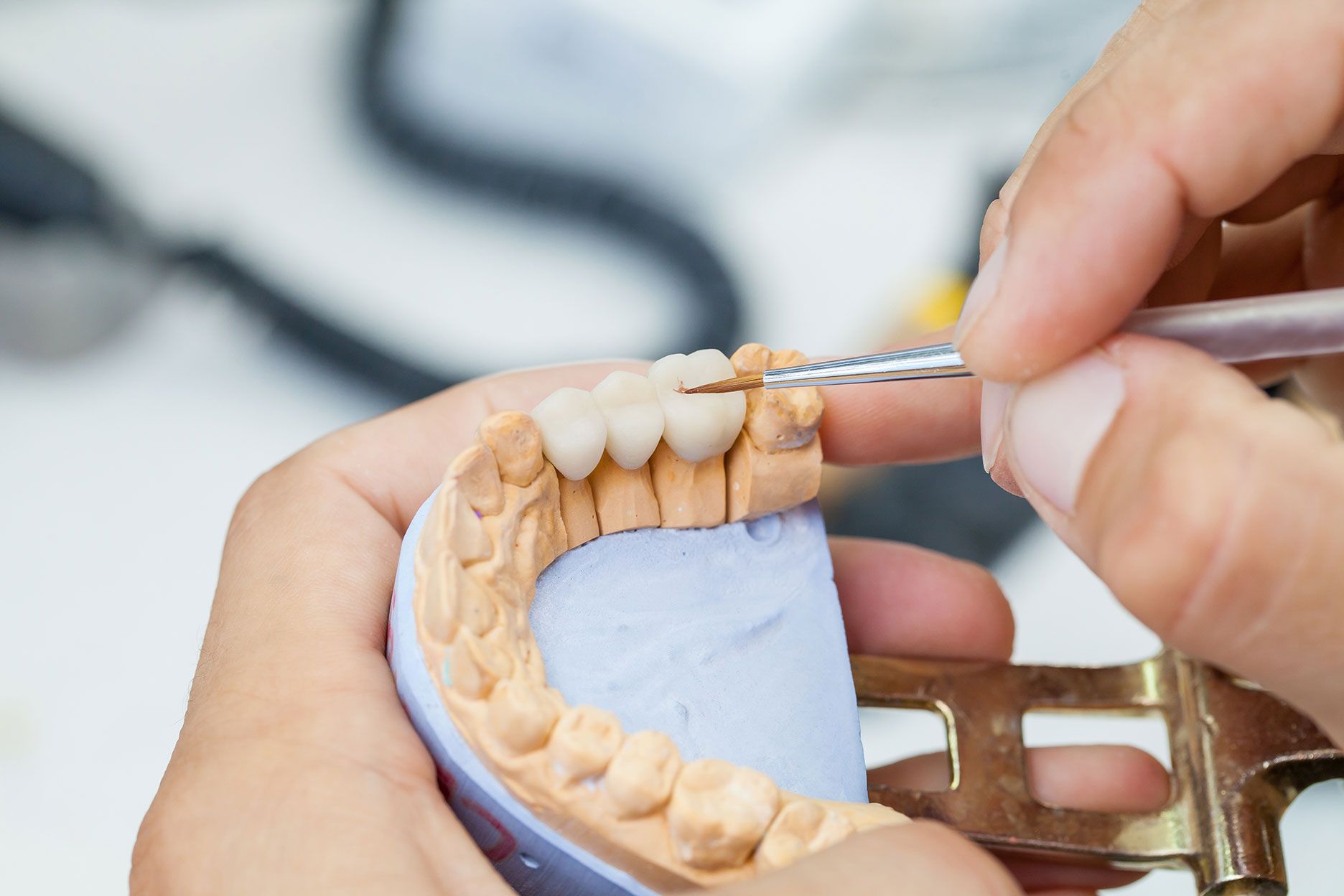



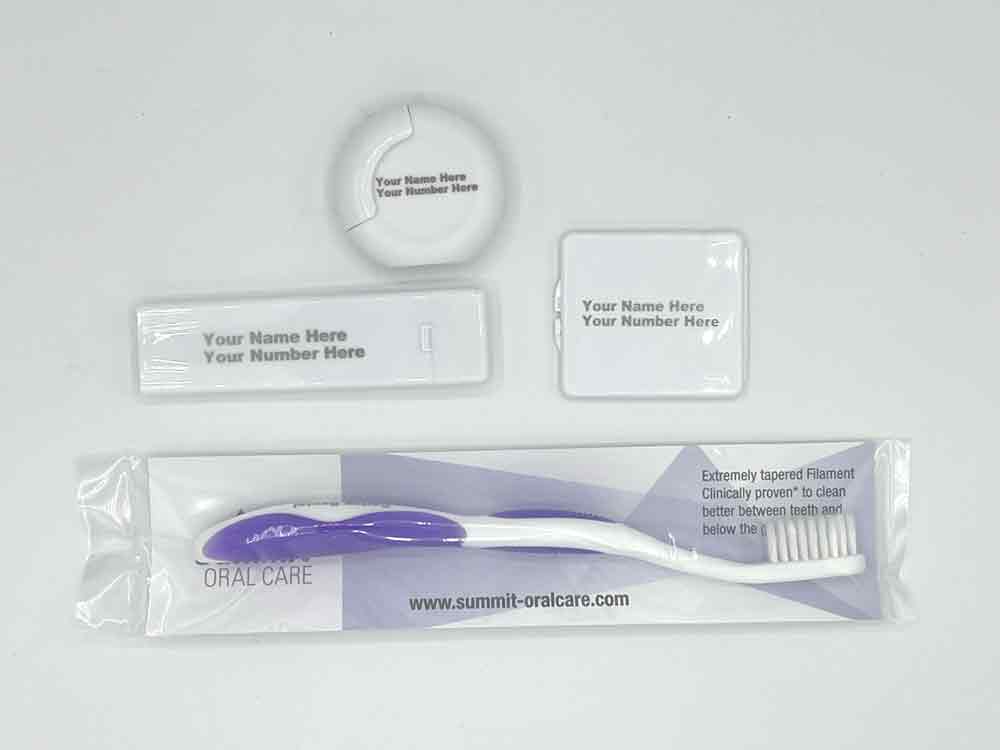
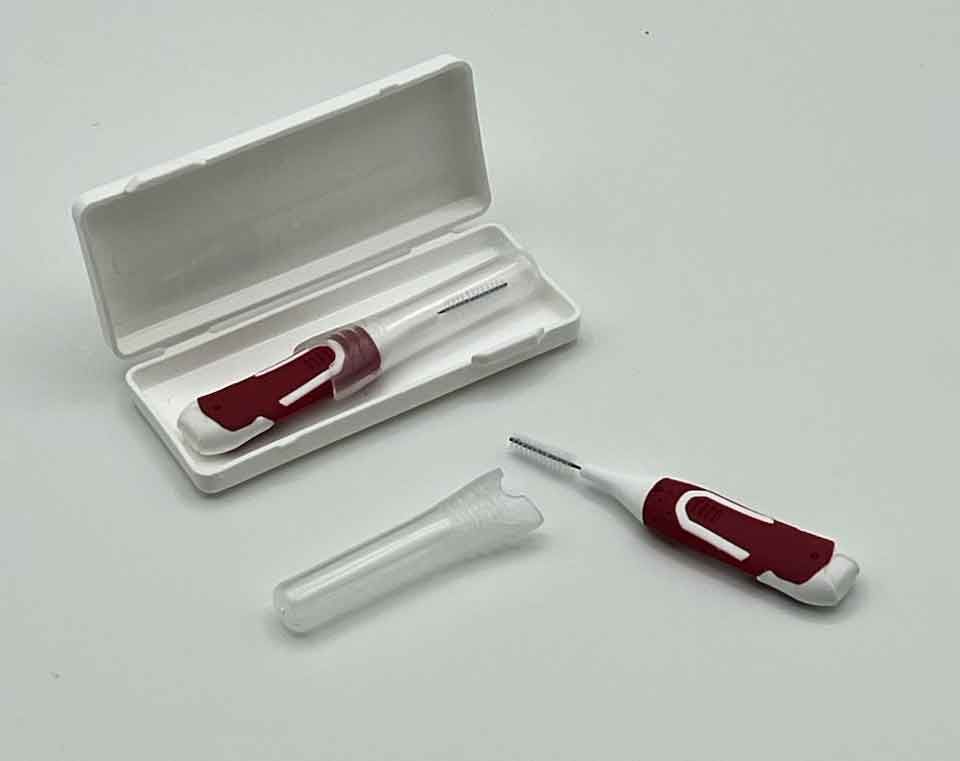
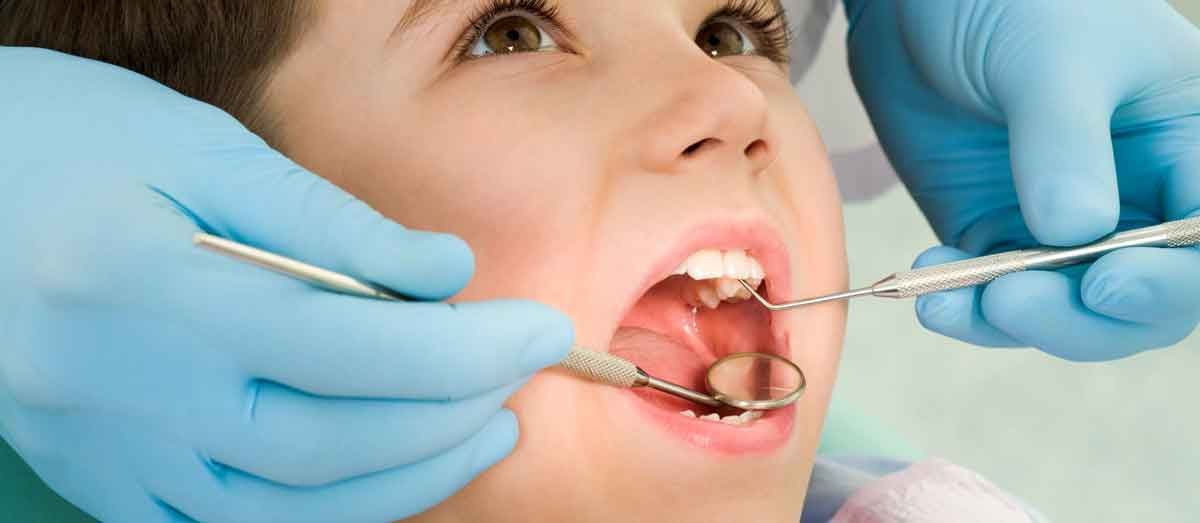
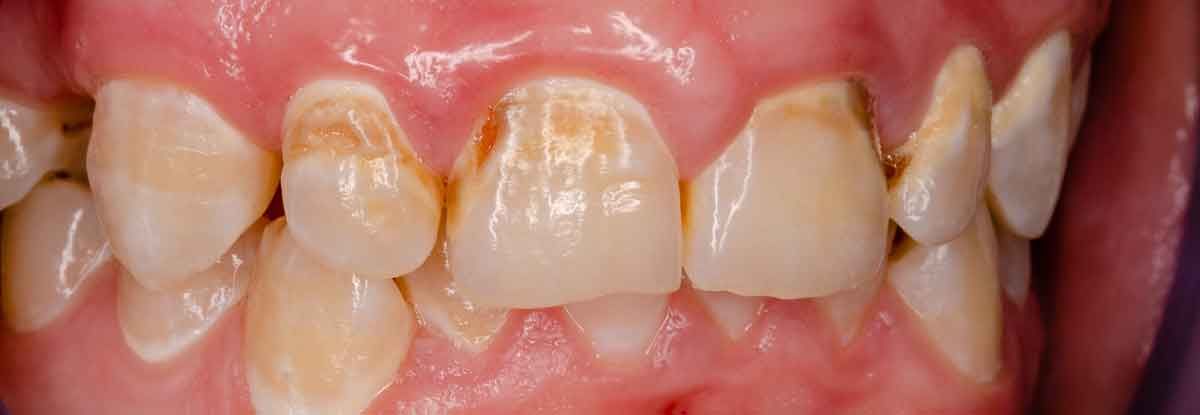
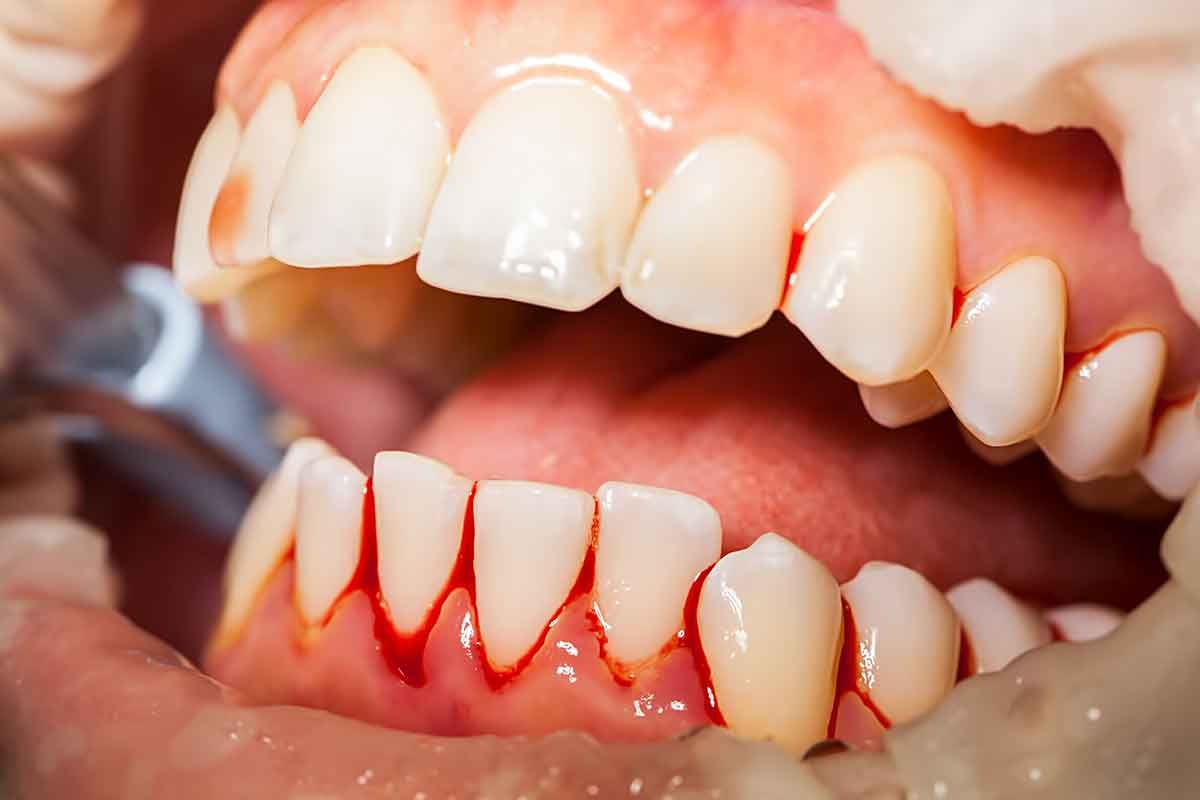
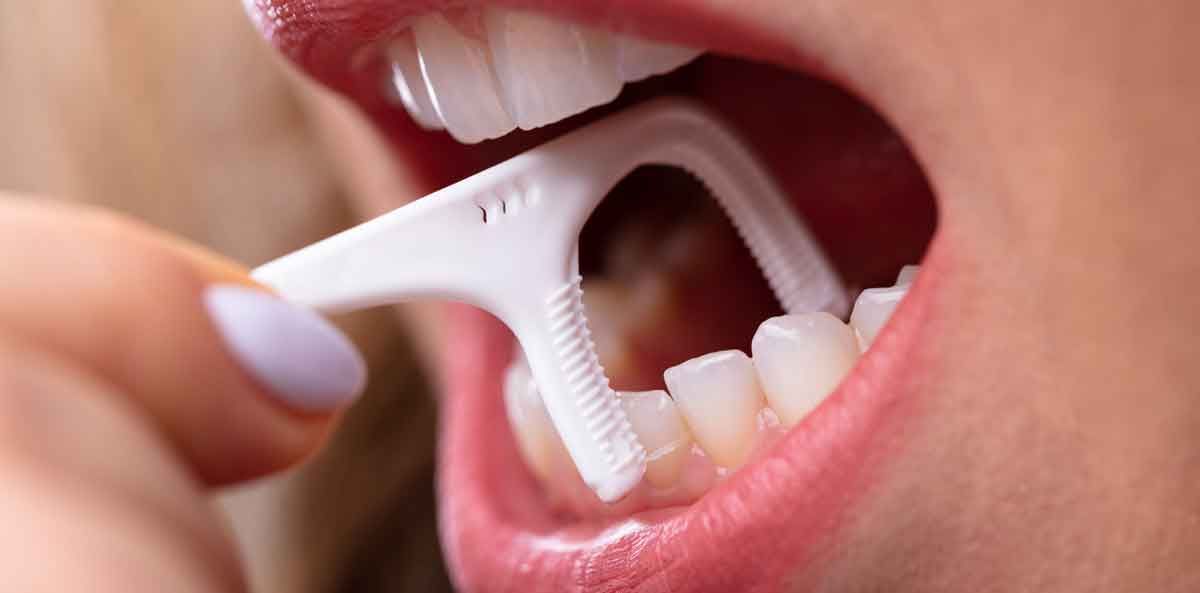
Subscribe to our newsletter
Don't miss out on the latest products, deals events and information. Sign Up Today!
Newsletter Sign Up
Thank you for joining Summit Oral Care. We look forward to keeping in touch!
Please try again later.
Summit Oral Care® provides a line of preventive oral care products for easy home care use. We partner with dental professionals and major retailers to provide solutions that create great smiles and prevent serious oral health issues such as cavities and gingivitis.
PRODUCTS
COMPANY
All Rights Reserved | Summit Oral Care | Privacy Policy | Powered by Beholder Agency © 2023








